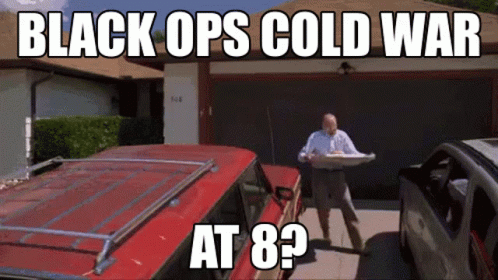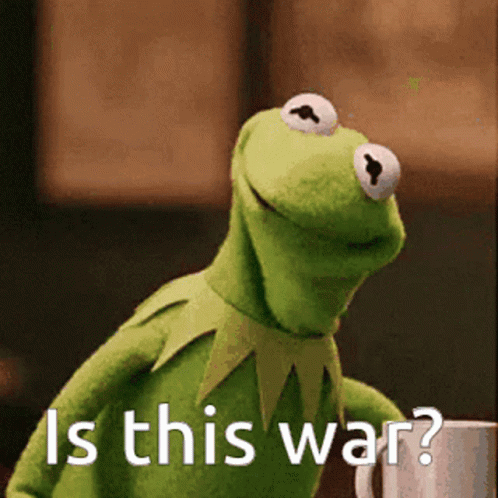
At the dawn of the Cold War, the world found itself teetering on the brink of nuclear catastrophe, with superpowers poised for a conflict that could have ended modern civilization as we know it.
This precarious period, marked by profound political tension and groundbreaking technological advancements, offers a chilling reflection on how close humanity came to witnessing World War III.
The conclusion of World War II did not usher in an era of peace but rather the onset of a new kind of global standoff. The United States and the Soviet Union emerged as superpowers, each wielding enough nuclear might to obliterate the other, and indeed the world, several times over.
This standoff, characterized by the policy of Mutually Assured Destruction (MAD), meant that any direct conflict between these nations could lead to total annihilation.
The era was inaugurated dramatically with the deployment of atomic bombs on Hiroshima and Nagasaki. While this action effectively ended World War II, it also ushered in the nuclear age, highlighting the devastating potential of atomic weapons.
These events shifted the global military strategy from conventional warfare to one where the possession of nuclear weapons became a central element of national security.
The Cold War saw numerous moments where the tensions escalated alarmingly, moments where the wrong decision could have sparked a nuclear war. For instance, the Cuban Missile Crisis of 1962 is one of the most stark examples of how close the world came to experiencing a nuclear war.
The discovery of Soviet missiles in Cuba, just 90 miles from the U.S. coast, brought the world to a standstill. For thirteen days, the world waited anxiously as leaders from the U.S. and the Soviet Union negotiated a way to avert disaster.
Throughout this period, espionage and intelligence became paramount, with both superpowers investing heavily in spy networks and reconnaissance technologies to monitor each other's activities.

The era was marked by a constant one-upmanship in developing more sophisticated weaponry and defense systems, further entrenching the two in a perilous arms race.
This historical exploration also delves into the psychological and social impacts of living under the constant threat of nuclear war. Civil defense drills, public service announcements preparing citizens for atomic attacks, and the construction of fallout shelters became part of everyday life, especially during the heightened periods of tension.
The fear of nuclear war permeated culture and society, influencing everything from government policy to personal decisions.
However, it wasn't all about rivalry and fear. The Cold War also spurred unprecedented advancements in science and technology. The space race, for instance, while being a competition for supremacy between the U.S. and the Soviet Union, led to significant developments in technology that have had lasting impacts beyond military applications, including in telecommunications and computer technology.
Reflecting on this era not only provides insights into the precarious nature of Cold War politics but also serves as a sobering reminder of the destructive potential of nuclear weapons. It underscores the importance of diplomatic engagement and international cooperation in preventing nuclear proliferation and promoting global security.
In revisiting the Cold War's tensest moments, we are reminded of the thin line between peace and global catastrophe that the world once walked. It's a poignant lesson on the fragility of our global system and the ongoing necessity to manage it with care, dialogue, and mutual understanding.
Join on InLeo Discord Channel here

Posted Using InLeo Alpha
sharing is caring